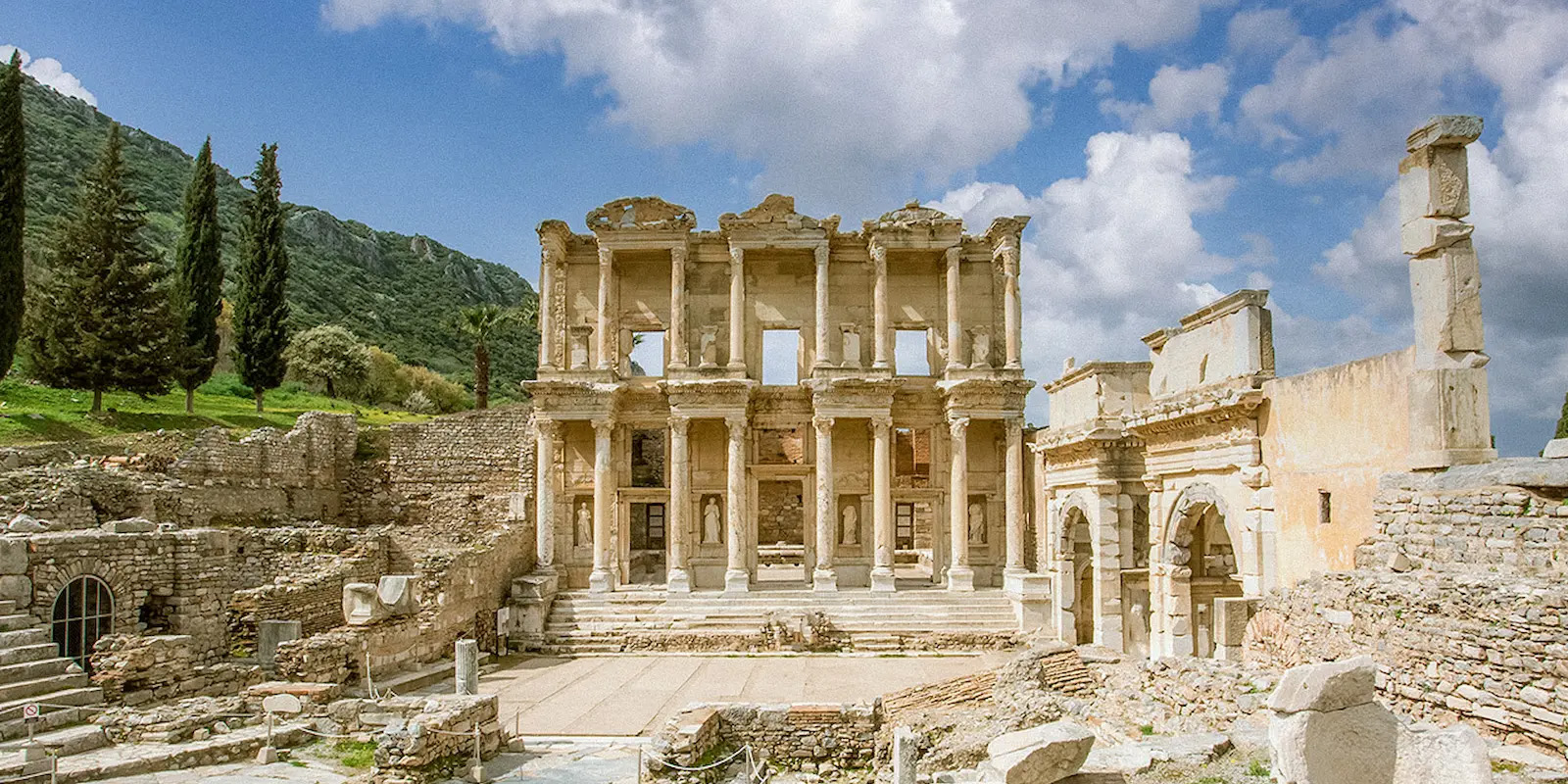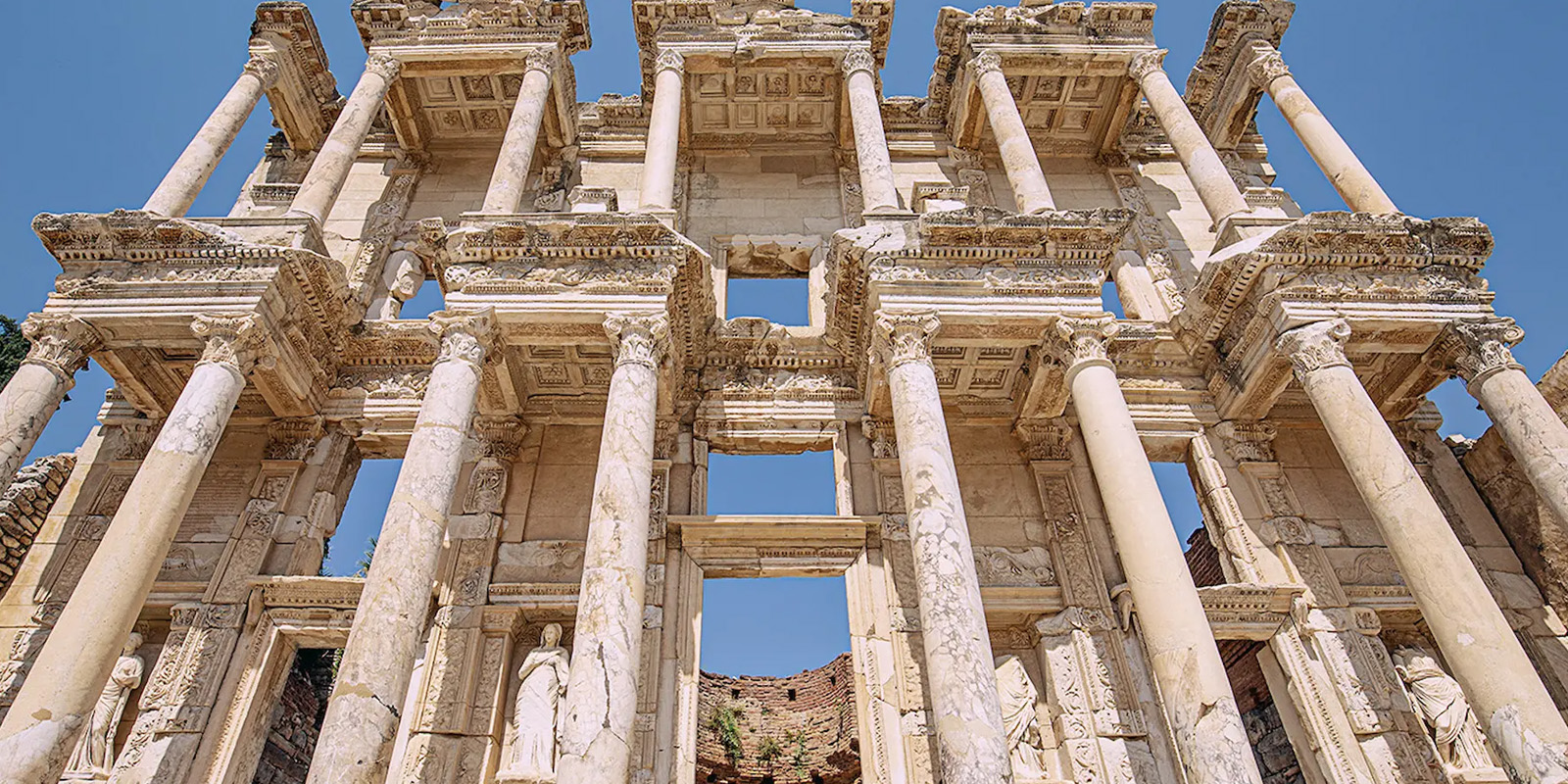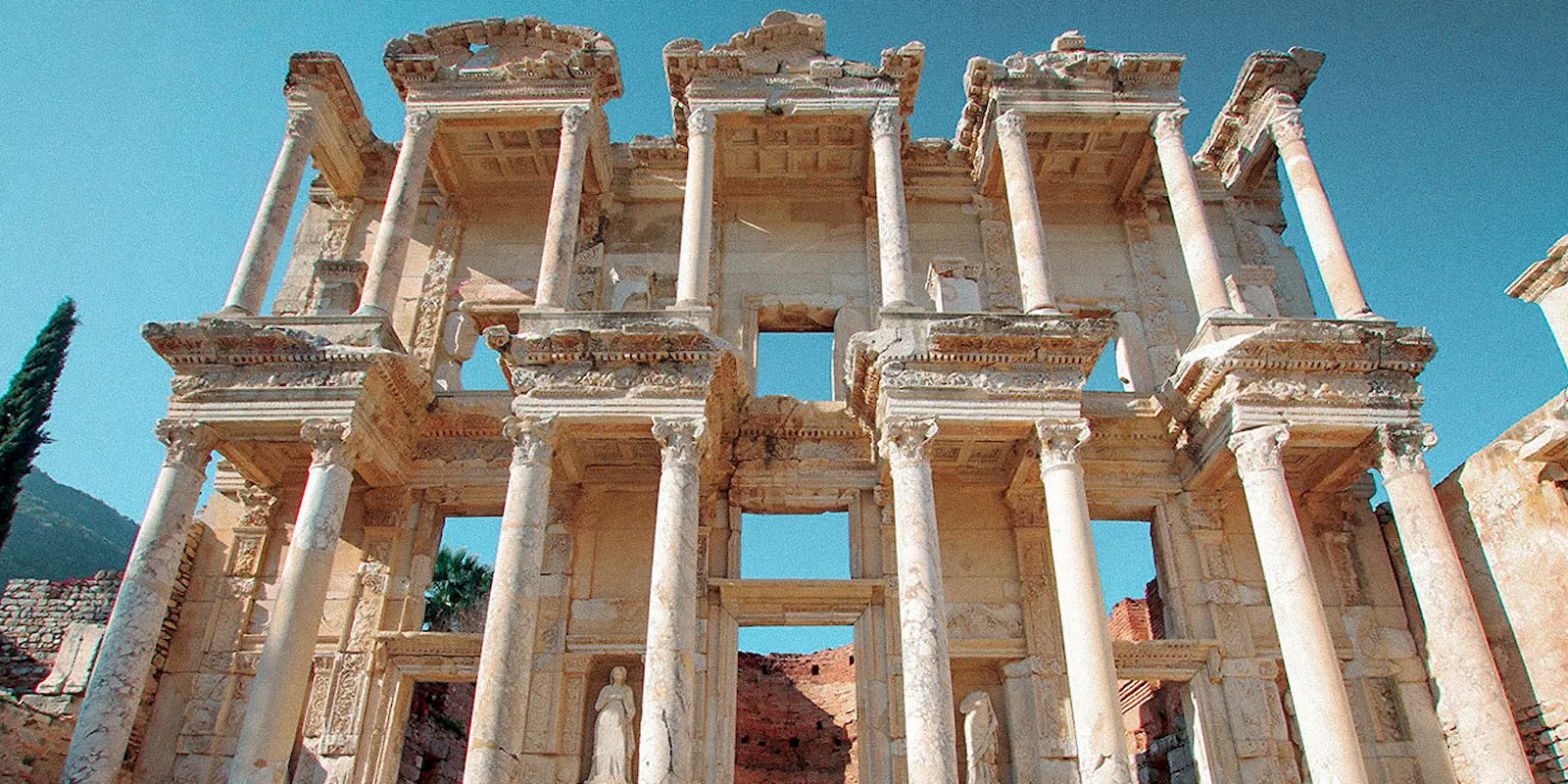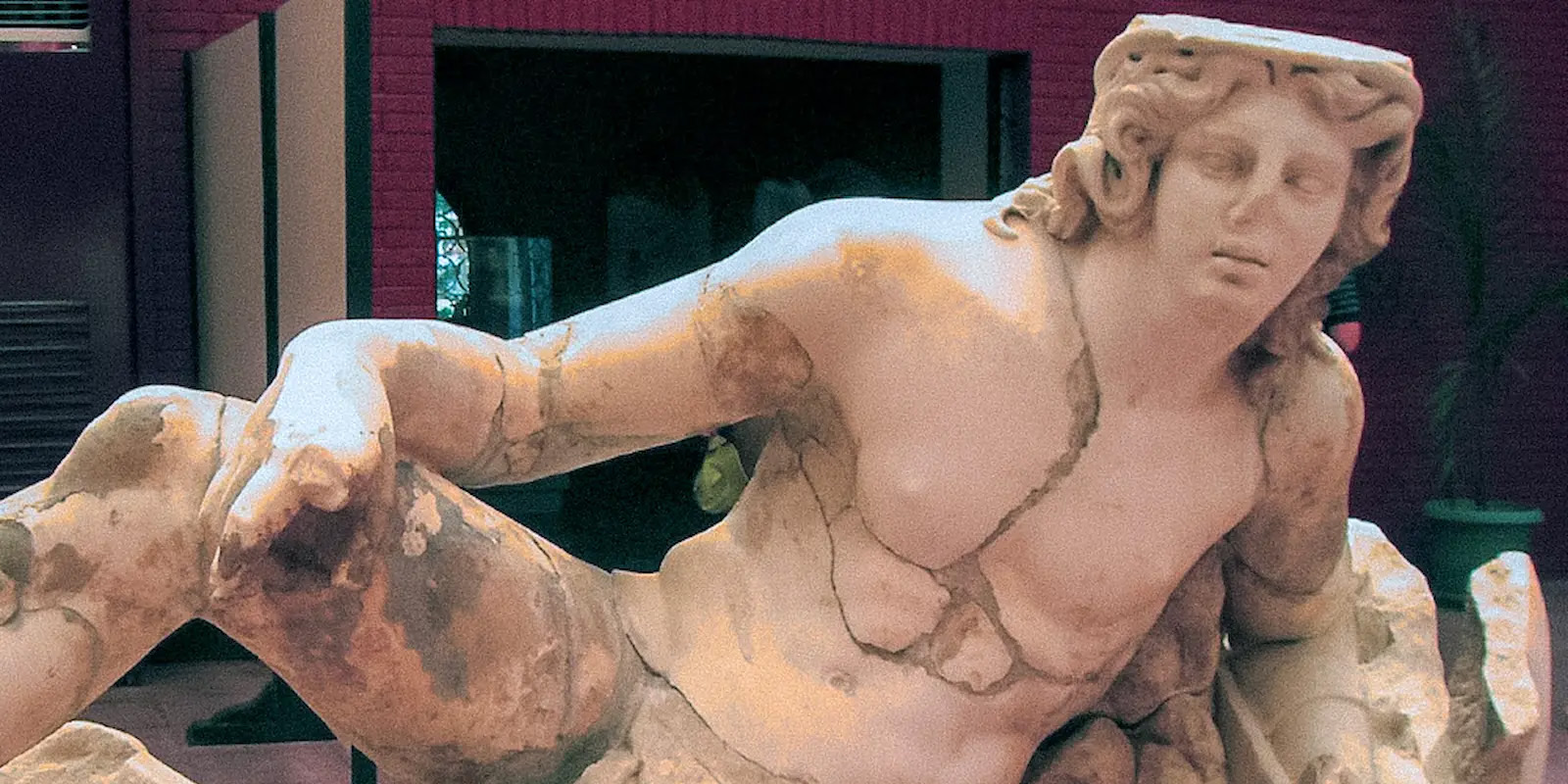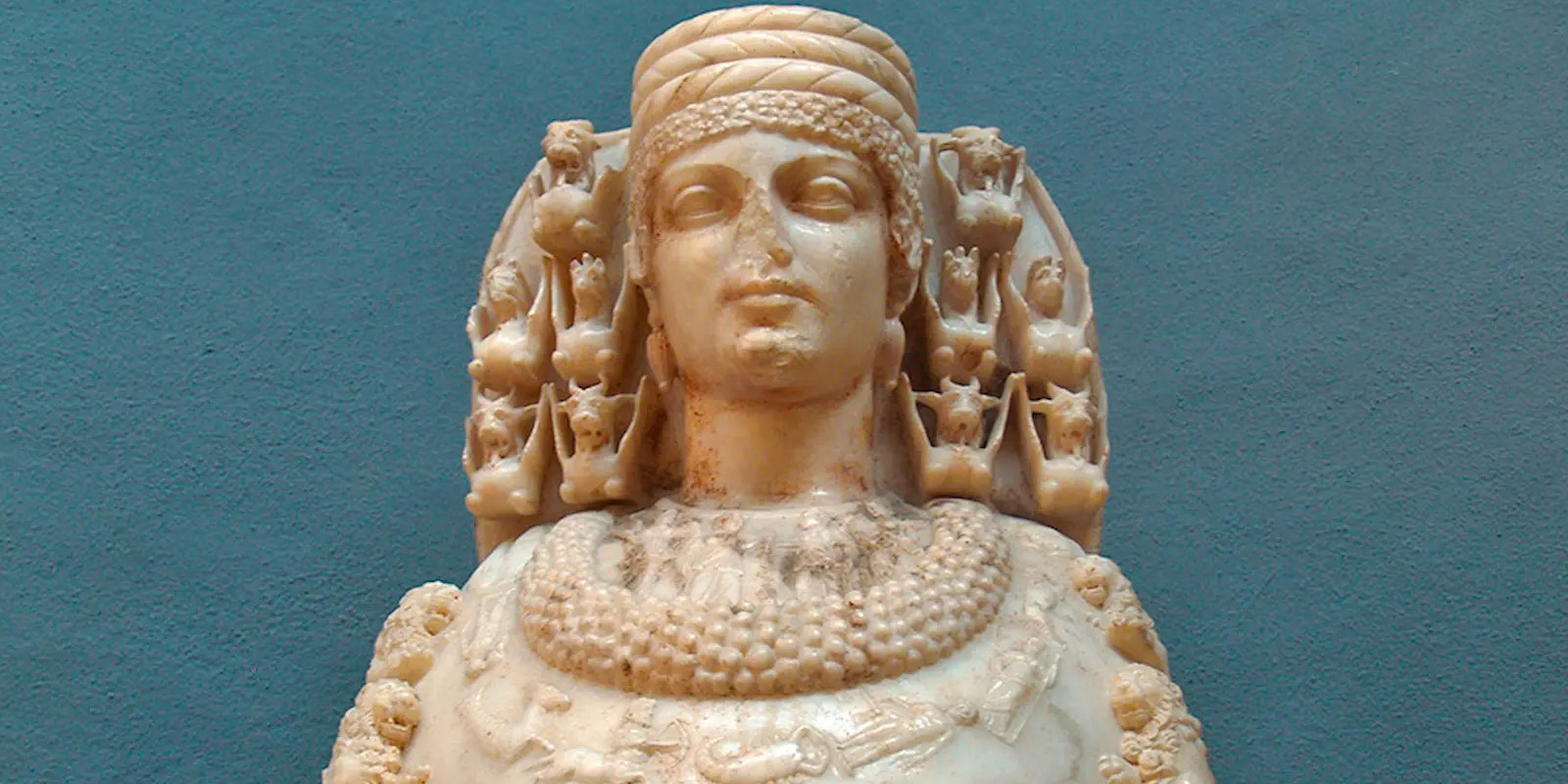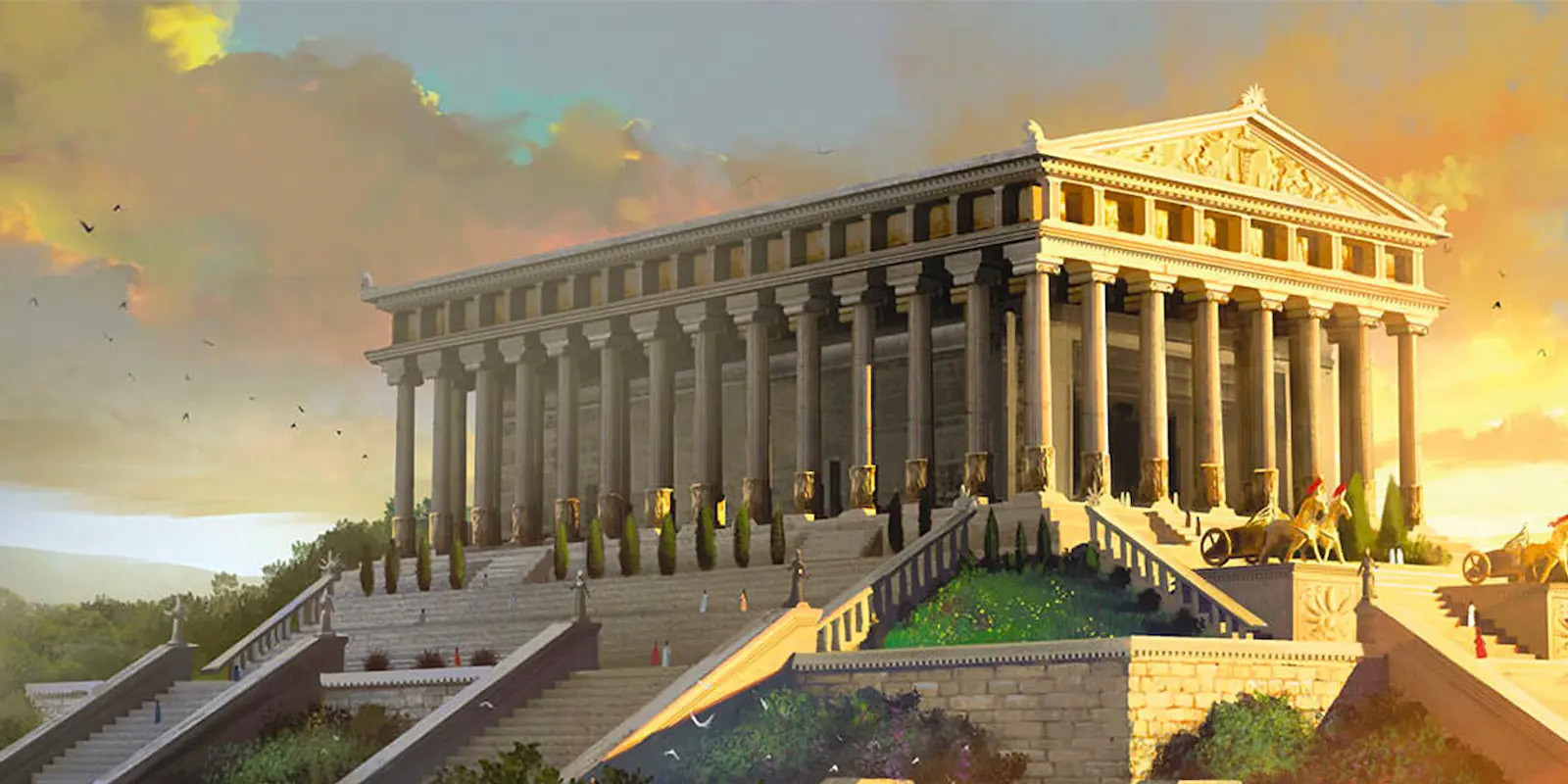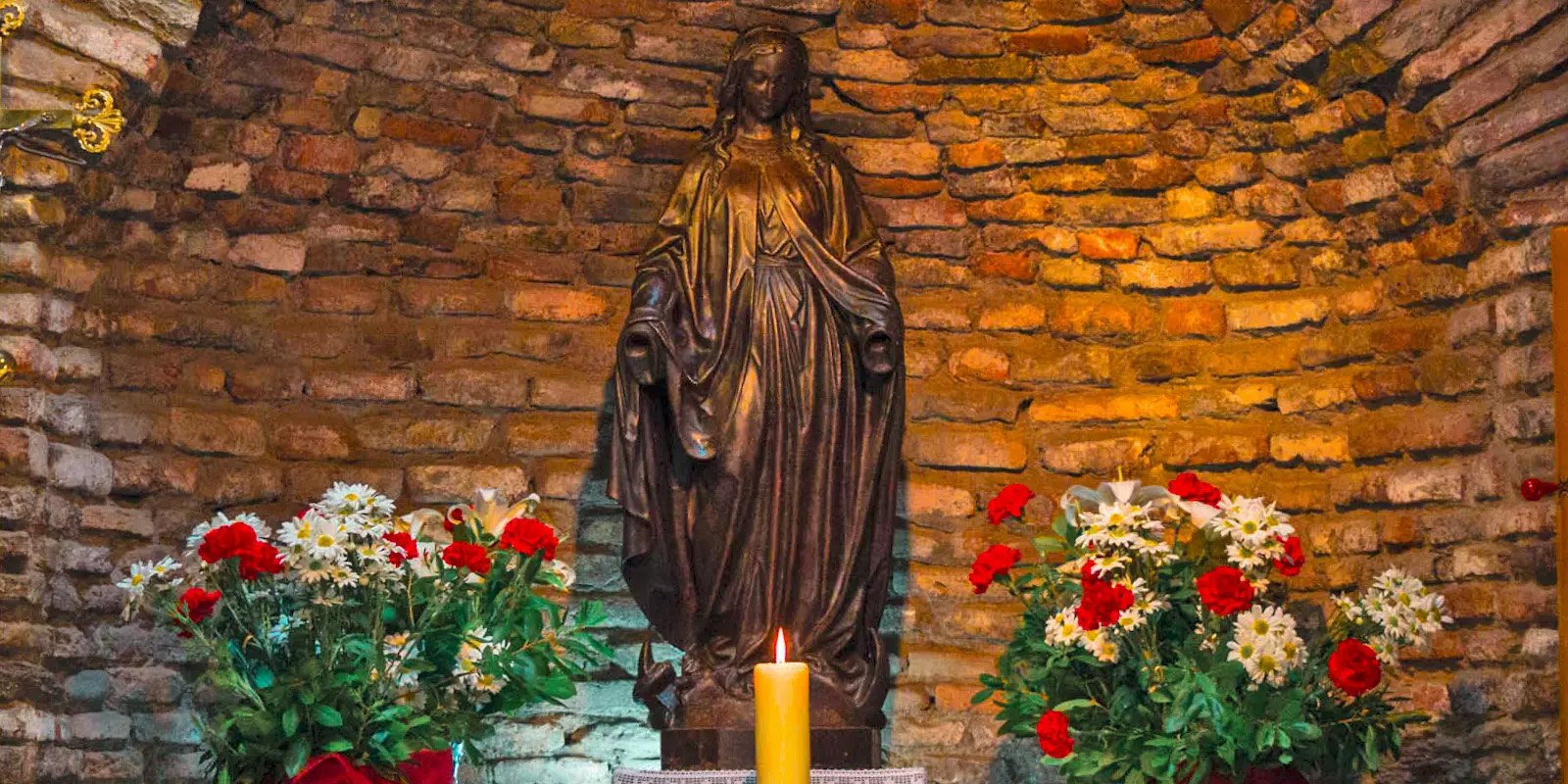The Temple of Artemis
The Temple of Artemis: Unraveling the Mysteries of an Ancient Wonder
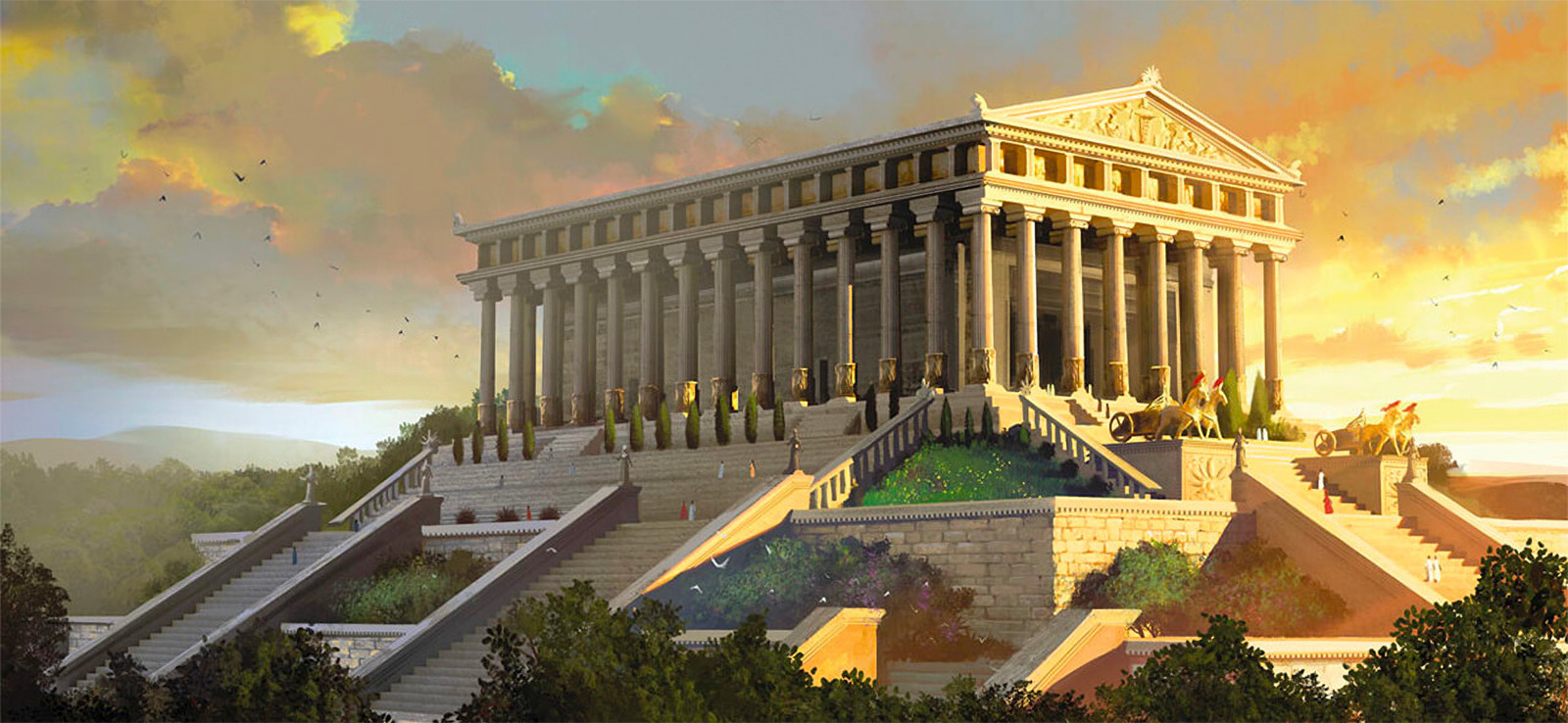
Nestled in the ancient city of Ephesus, in what is now modern-day Turkey, stands the remnants of one of the most remarkable structures of the ancient world: the Temple of Artemis. Also known as the Artemision, this grand edifice was dedicated to Artemis, the Greek goddess of hunting, wilderness, and fertility, and was revered as one of the Seven Wonders of the Ancient World.
The origins of the Temple of Artemis date back to the Bronze Age, with the earliest known sanctuary on the site dating to around the 10th century BCE. However, it was during the Archaic period that the temple began to take shape as a monumental structure, reflecting the growing importance of Artemis in the region.
The first temple was constructed around 800 BCE, but it was subsequently destroyed by a flood. In the 6th century BCE, the Lydian king Croesus funded the construction of a new, larger temple, designed by the architect Chersiphron nd his son Metagenes. This temple, completed around 550 BCE, was a marvel of ancient architecture, boasting a grand colonnade, intricate carvings, and richly adorned interiors.
The Temple of Artemis underwent several renovations and expansions over the centuries, each iteration more magnificent than the last. The most famous version of the temple, often referred to as the "Great Artemision," was commissioned by the Lydian king Croesus and completed around 550 BCE. This temple was supported by 127 towering columns, each standing over 18 meters tall, and adorned with elaborate sculptures and reliefs.
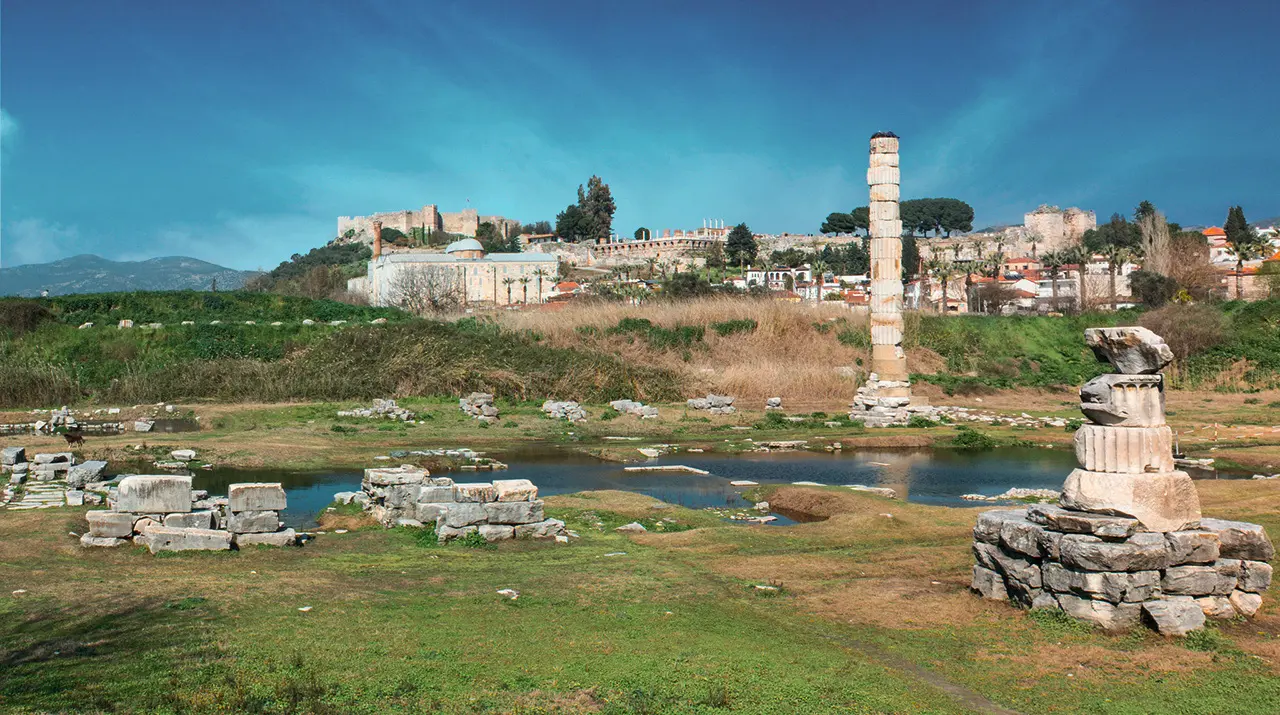
The temple's significance extended far beyond its architectural splendor. As the focal point of Artemis worship, it served as a center of religious and cultural life in Ephesus. Pilgrims from across the ancient world would flock to the temple, seeking the blessings of Artemis for fertility, protection, and prosperity. The temple's vast wealth, accumulated through offerings and donations from devotees, made it one of the richest and most powerful religious institutions of its time.
Despite its grandeur and significance, the Temple of Artemis was not immune to destruction. It was razed to the ground by arson in 356 BCE, allegedly by a man named Herostratus who sought to immortalize his name through the destruction of the temple. However, the Ephesians were determined to rebuild, and construction on a new temple began shortly thereafter.
The second temple, completed around 323 BCE, was even larger and more magnificent than its predecessor. It featured even more elaborate decorations, including sculptures by renowned artists such as Praxiteles and Scopas. This temple stood for several centuries until it was finally destroyed by invading Goths in 262 CE.
Today, little remains of the Temple of Artemis except for a few scattered ruins and columns. However, its legacy lives on in the annals of history, as a testament to the ingenuity, creativity, and devotion of the ancient civilizations that once thrived in Ephesus. Despite its physical absence, the Temple of Artemis continues to inspire wonder and awe, reminding us of the enduring power of human endeavor and the enduring legacy of the gods.
Discover Ephesus
Exploring Ephesus: Unraveling the Ancient Wonders of Turkey
Ephesus, located just 18 kilometers away from Kusadasi, stands as one of the most remarkable ancient cities in the world.
The Terrace Houses in Ephesus are upscale residences located adjacent to Curetes Street, across from the Temple of Hadrian.
Constructed in the 2nd century AD, the Celsus Library stands as a tribute to Tiberius Julius Celsus Polemaeanus, a prominent Roman consul and governor of the Asian province.
The magnificent theater of Ephesus stands as a remarkably well-preserved and awe-inspiring structure.
The Museum of Ephesus, located in the Selcuk district, showcases artifacts unearthed during excavations in Ephesus since 1964.
Artemis, known as the goddess of the hunt, wilderness, and childbirth, held a special place in the hearts of the Ephesians.
This grand edifice was dedicated to Artemis, the Greek goddess of hunting, wilderness, and fertility, and was revered as one of the Seven Wonders of the Ancient World.
Deep within the annals of ancient Ephesian folklore lies a story shrouded in mystery and wonder - the legend of the Seven Sleepers.
Believed by many Christians to be the final home of Mary, the mother of Jesus, this humble abode has become a sanctuary of pilgrimage
